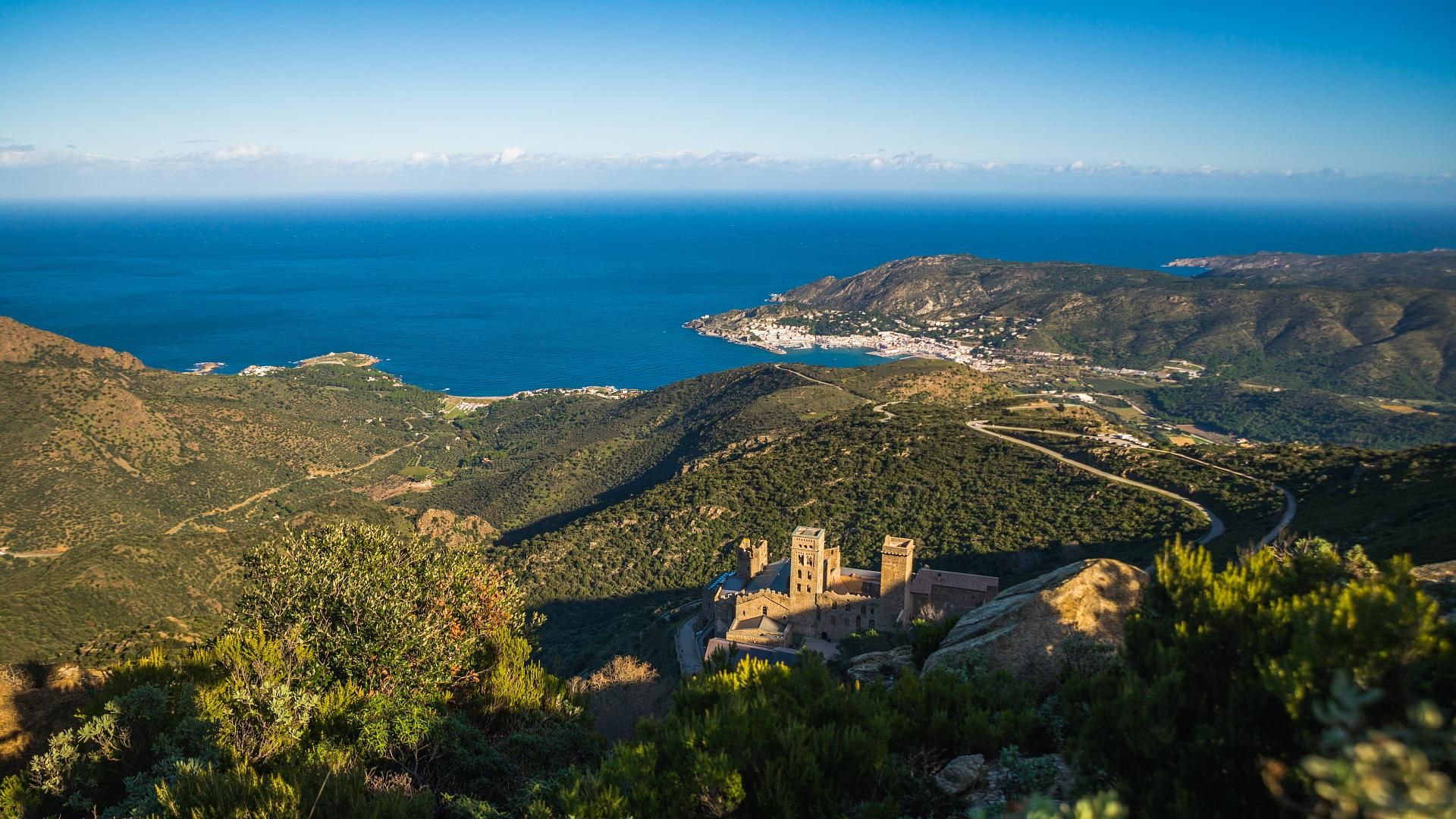Culture and history
Immerse yourself in the essence of Llançà, where history and culture intertwine in every corner. Monasteries, ancient dolmens and surrealist art await you to discover a unique legacy facing the Mediterranean Sea.
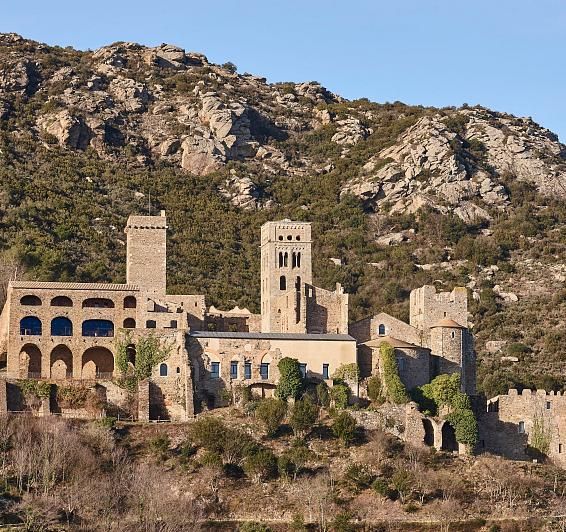
Monastery of Sant Pere de Rodes
The Monastery of Sant Pere de Rodes is one of the most emblematic treasures of Catalonia. Its imposing Romanesque structure, located in a privileged enclave with panoramic views of Cap de Creus, offers an unrivalled architectural and natural spectacle. Built in the 10th century, this Benedictine monastery accumulated power, coming to dominate large areas on both sides of the Pyrenees.
Its Romanesque church stands out with a Latin cross layout, a 16-metre nave supported by majestic columns. Also impressive are the bell tower and the defence tower, both from the 12th century. Despite the decline in the 17th century and the looting it suffered, its grandeur remains intact. Today, it is home to the Cap de Creus Natural Park and a study centre, inviting visitors to discover its monumental legacy.
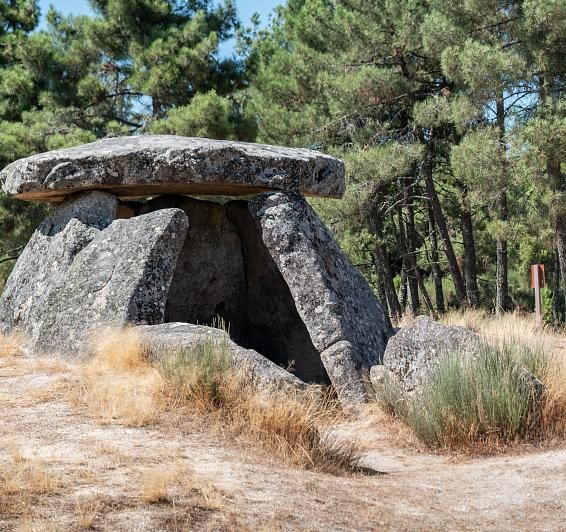
Megalithic Heritage
The surroundings of Llançà are dotted with dolmens and menhirs that tell the oldest history of the region. The Dolmen of Puig del Llop, discovered in 1999, preserves its circular tumulus. The Dolmen of Puig d'Esquers, dating from 3000 BC, reveals the construction skills of Neolithic communities.
Other fascinating remains include the Dolmen del Puig Tifell, the Pedra Dreta del Mas Roquer, one of the tallest menhirs in Catalonia, and the Dolmen del Mas de la Mata, with its gallery structure. These megalithic formations allow us to connect with the first inhabitants of this land, offering a unique journey through ancient history.
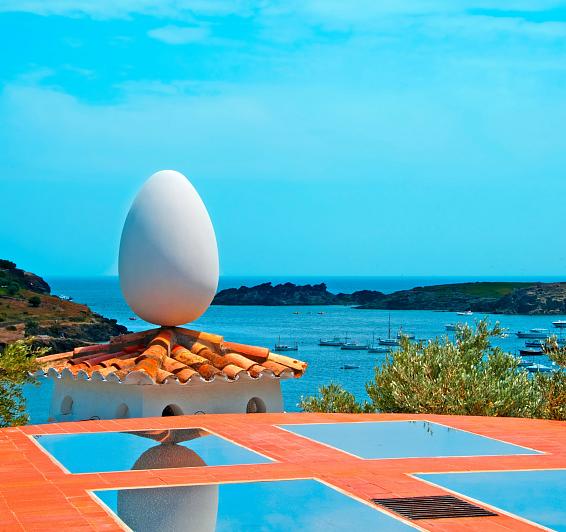
Dalinian triangle
The magic of Salvador Dalí can be felt in every corner of the Dalinian Triangle, which connects Figueres, Portlligat and Púbol.
The Dalí Theatre-Museum in Figueres is an immersive journey into the mind of the genius, with iconic works and spaces designed to envelop visitors in his creative universe.
In Portlligat, the house-museum reveals the painter's intimacy, with a set of old fishermen's huts transformed into an artistic labyrinth.
Finally, the Púbol Castle, with its medieval aura, was the refuge of Gala, Dalí's muse and wife, decorated with surrealist sculptures and corners full of symbolism.
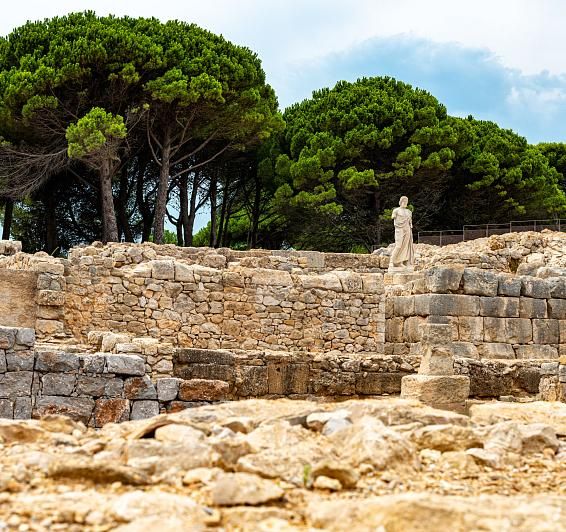
Iberian, Greek and Roman legacy
Empúries, was the gateway for Greeks and Romans to the Iberian Peninsula. Its ruins, discovered in 1908, show the coexistence of Greek (Emporion) and Roman (Emporiae) cities, together with early Christian remains.
Also noteworthy is the site of Ullastret, the most important Iberian town in Catalonia, with impressive walls and structures that reflect the life of the Indigetes, the ancient inhabitants of the area. These archaeological sites are windows to Mediterranean history.
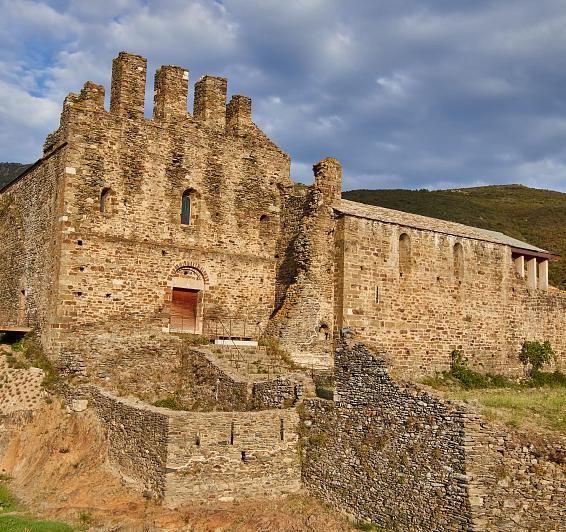
Romanesque Route
Catalan Romanesque architecture shines brightly in the region. The Abbey of Santa Maria de Vilabertran, with its 11th-century church and 12th-13th-century cloister, today hosts the Schubertiades classical music festival.
The Abbey of Sant Quirze de Colera, dating from the 9th century, is another outstanding example, with its three-nave basilica and structures that blend different periods.
The hermitage of Sant Silvestre and the pre-Romanesque church of Sant Martí de Valmalla, consecrated in 1019, complete a fascinating itinerary for lovers of art and medieval history.
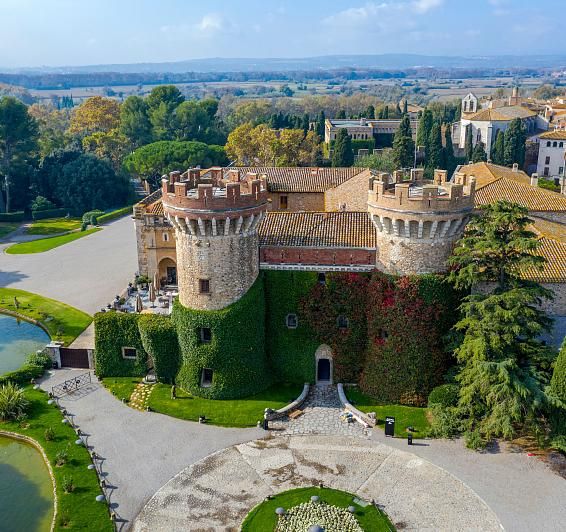
Castles
Perelada Castle, converted into a casino, maintains its medieval essence with a Romanesque cloister and the Carme Convent, which houses the Wine Museum and an impressive library.
Recasens Castle, in the Sierra de la Albera, offers spectacular views and preserves its triple walled enclosure, main tower and chapel.
Sant Ferran Castle in Figueres was the largest fortress in Europe in the 18th century. Its monumentality and excellent conservation make it a must-see to understand the magnitude of the defensive constructions of the time.
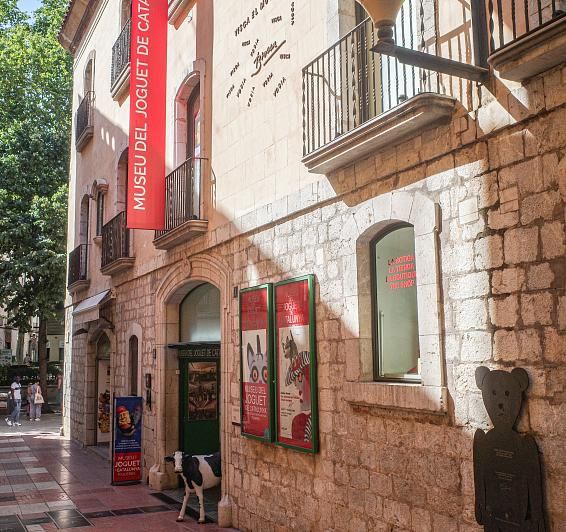
Museums
In Figueres, the Toy Museum of Catalonia displays more than 4,000 pieces that evoke the childhood of generations. Empordà Museum, founded in 1947, traces the history of art in the region, from prehistory to the contemporary era, with a special emphasis on Catalan painting.
In Llançà, the Watercolour Museum - Martínez Lozano Foundation is unique in Spain and pays tribute to this painting technique, with works that reflect the light and landscapes of the Alt Empordà.
